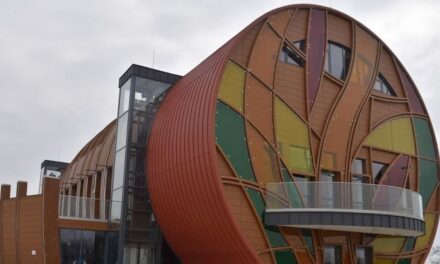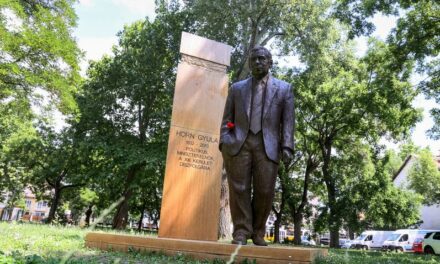Lajos Adamik was the first Hungarian to receive the Austrian State Translator's Award on Sunday in Vienna, at the Literaturhaus. The Austrian Ministry of Culture awarded Adamik the prestigious award for translating Austrian literature into another language. This was reported by Pál Molnár of Gondola.
- ...In the justification of the award, which is considered the highest recognition in the field of literary translation in Austria, the jury highlights the philological accuracy in addition to the sovereign, sensitive translation of literary texts at the highest level...
- The exchange of ideas about a good translation has always revolved around these two cornerstones: beauty and fidelity. Due to the distances between languages and cultures, a literary translation that is 1000% accurate and at the same time poetically perfect can hardly exist, so in the daily work of the translator, he is faced again and again with the question: where and in which direction to make compromises. For me, who deals not only with contemporaries, but also with old, hundreds of years old texts, philological thoroughness is also essential from another point of view. The older a text is, the more background work, additional reading, and sometimes my own research is necessary in order to have access to the author and his work at all. Only then does the translator's inspiration and invention play a more or less role in shaping the text, depending on the text...
...– The translator's main tool is language. Every language is different, and every language has its unique characteristics and beauties. The Hungarian translator is particularly fortunate in this regard, because the wonderfully flexible and malleable "material" of the Hungarian language , with its relatively free word order, its nimbly moving verb predicate and its agglutination system, offers an inexhaustible source for our craft. I would like to add: we ourselves feed this source again and again with our innovations, sound elements and wordplay. The rich history of Hungarian translation literature offers many examples of this.
- Since 2018, as a member of the Inscriptiones Alborum Amicorum research group in Szeged, you have been conducting cultural history and Hungarian research. To what extent does the cooperation of scientist FRIENDS give strength to discovery and creation?
– It is a great honor that I could join Miklós Latzkovits' excellent team as an art lover, and since then I have considered this occupation as an exclusive free university in history. During our research, we can follow the lives of the Styrian exiles who guarded the last castles of the Turkish era, and the Hungarian officers and soldiers who fought in the War of the Austrian Succession, day by day. Most recently, we managed to document the Transylvanian travels of a Hamburg student in 17th century Transylvania. the young Mihály Apafi , the later prince, among the inscribers of his album. This kind of source discovery work demands maximum philological accuracy and provides many points of connection to translation work.
Source: Gondola
Author: Pál Molnár
(Cover photo: Lajos Adamik . Photo: volksgruppen.orf.at )












